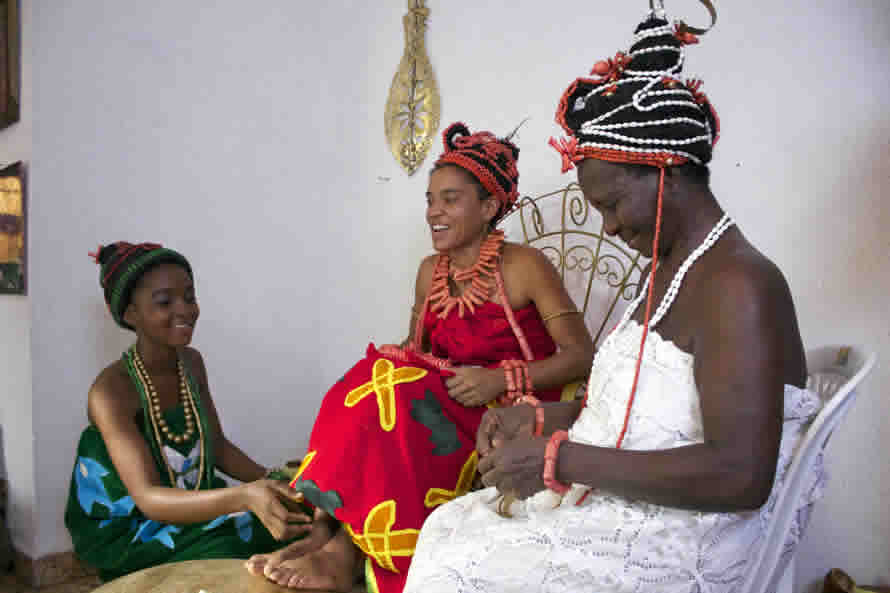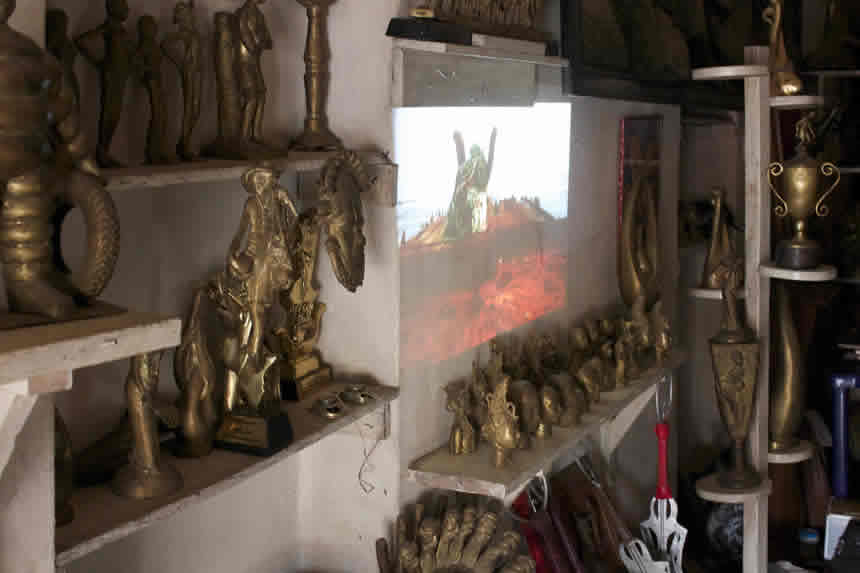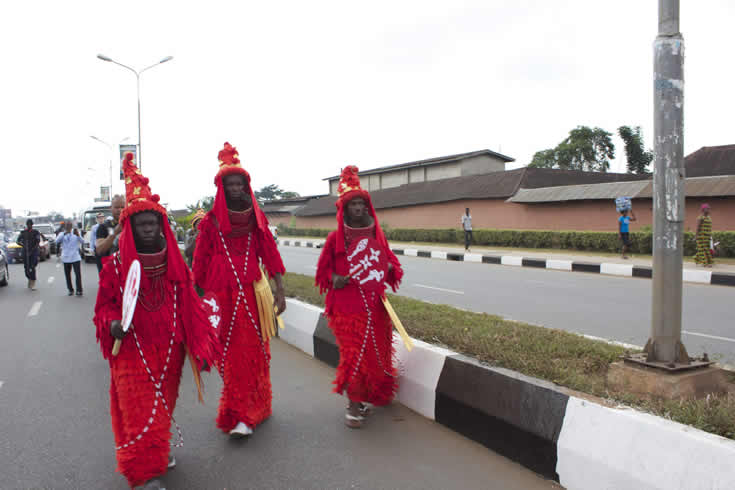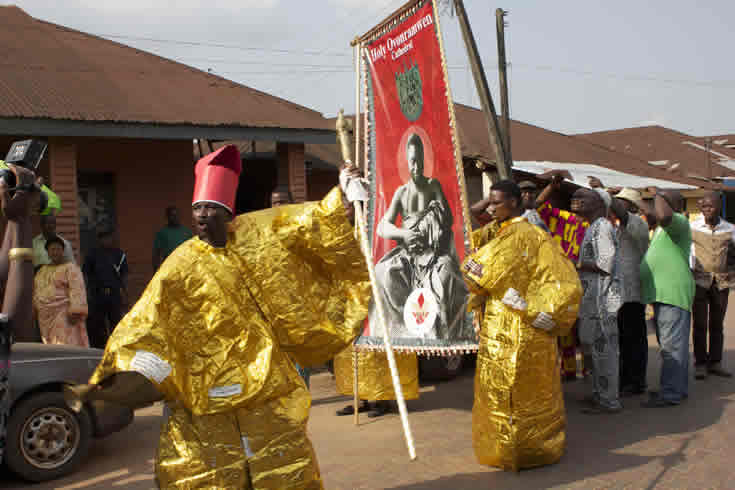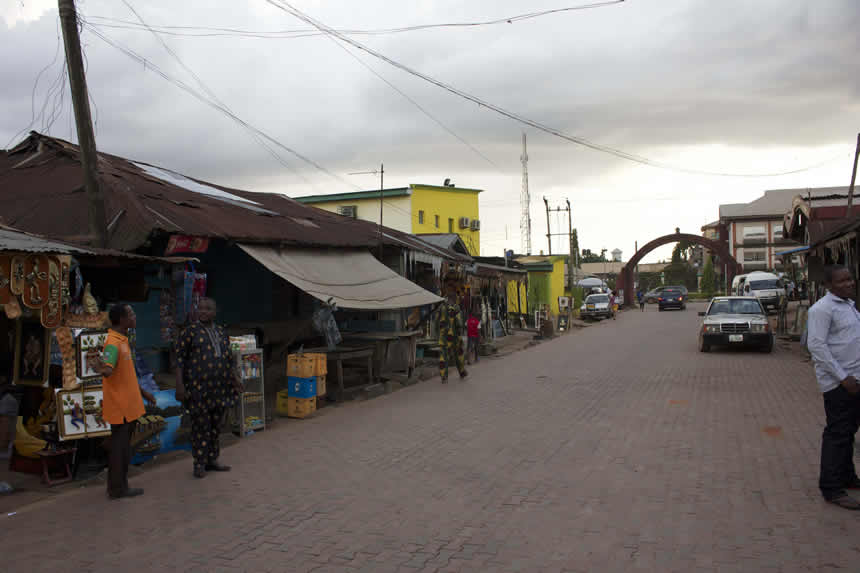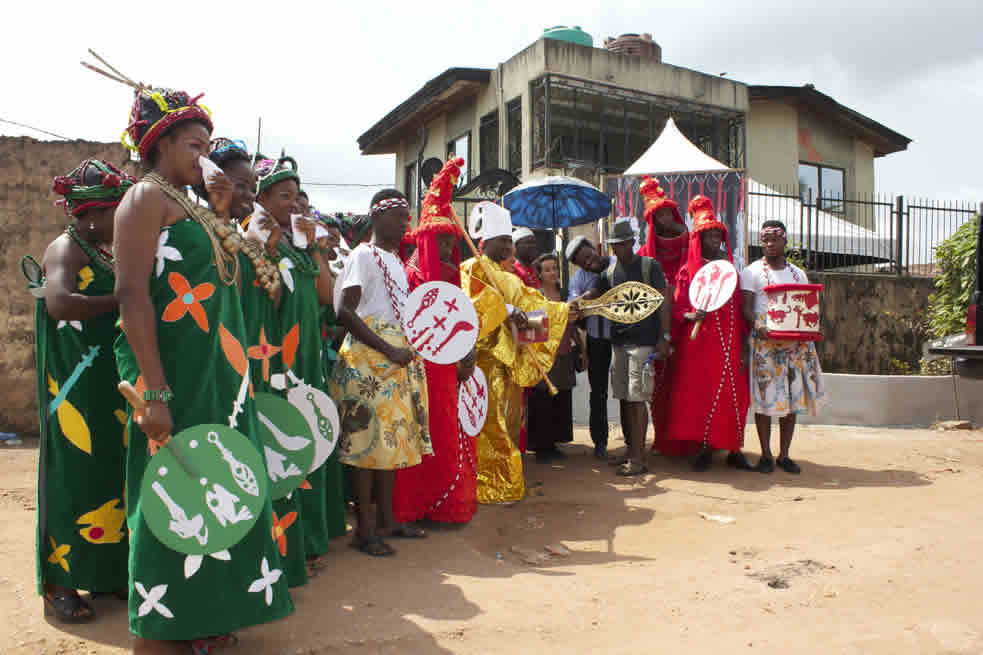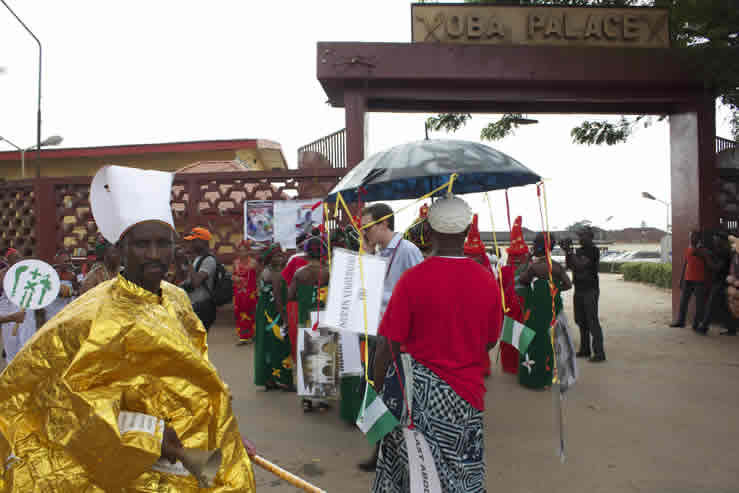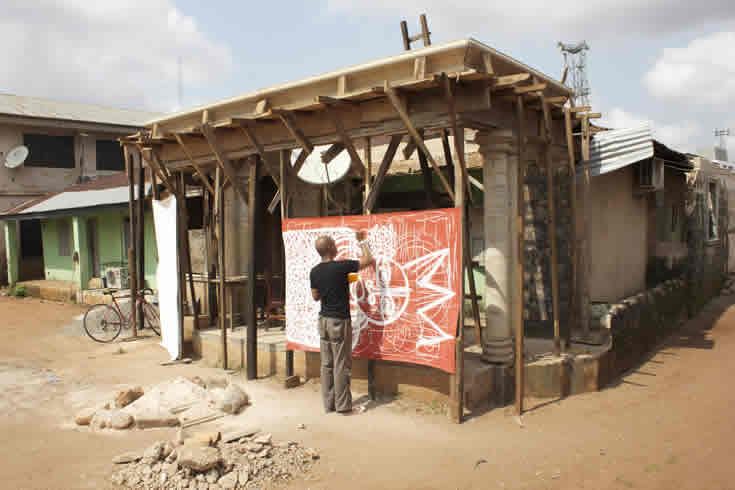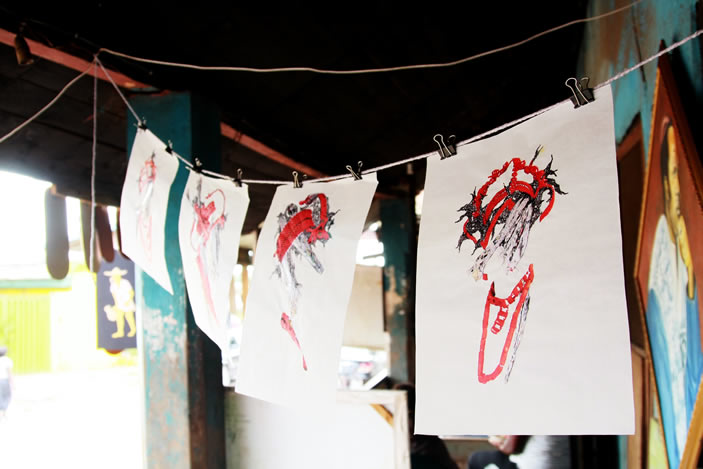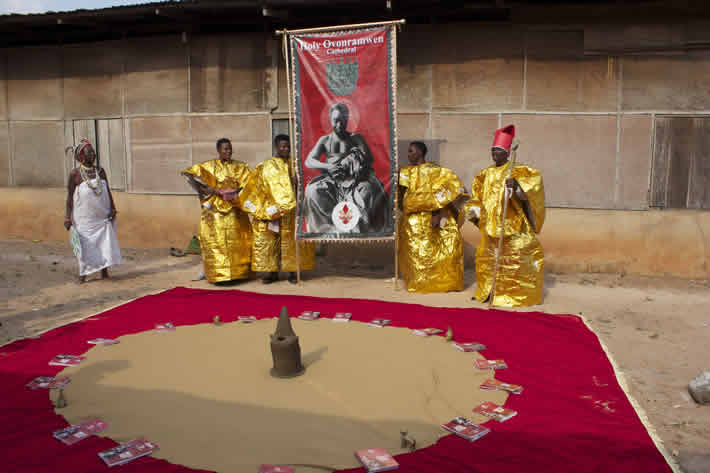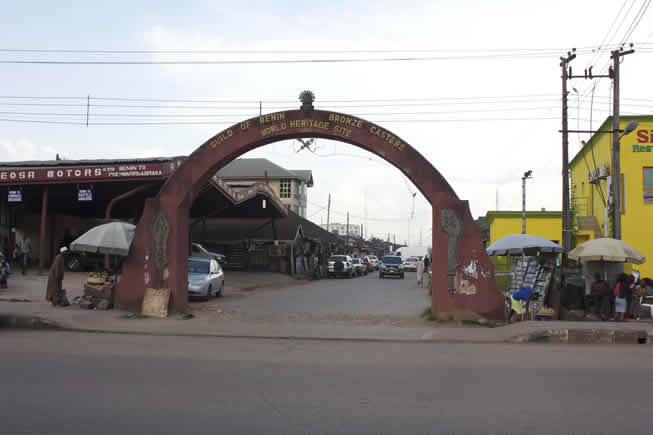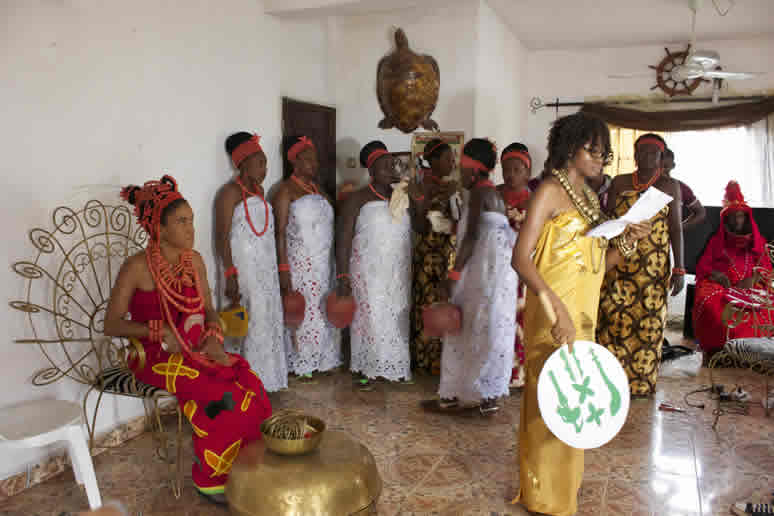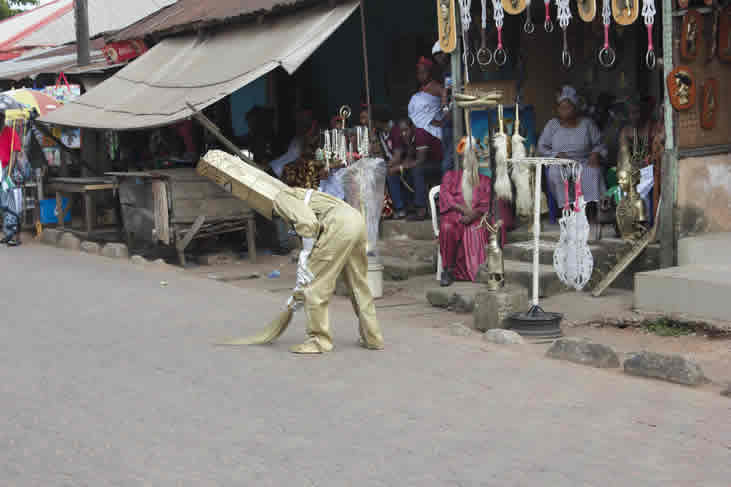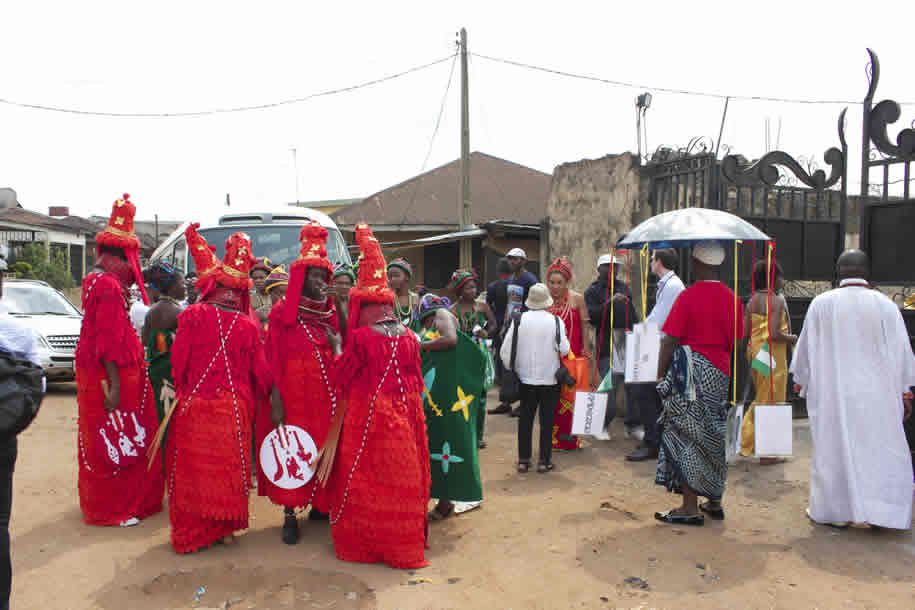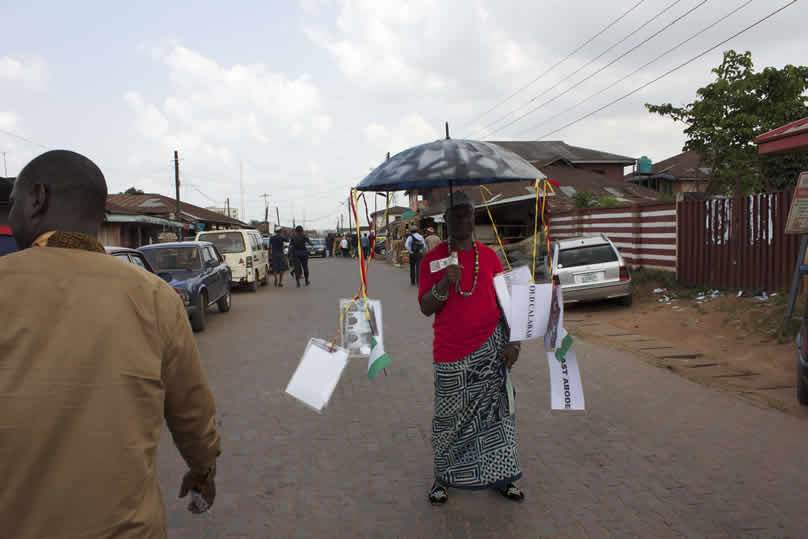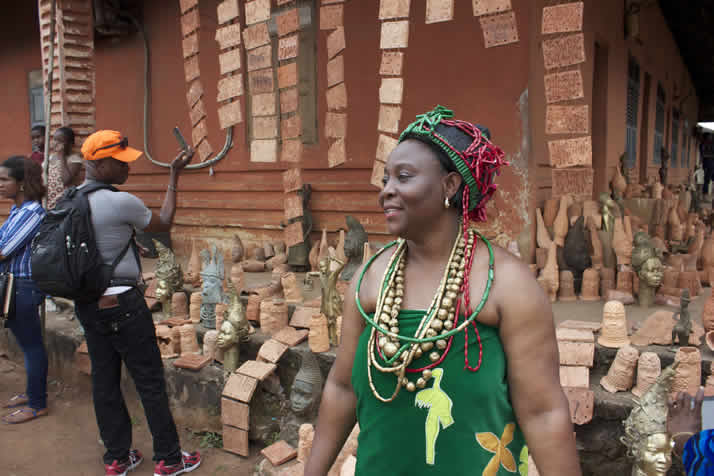Whose Centenary
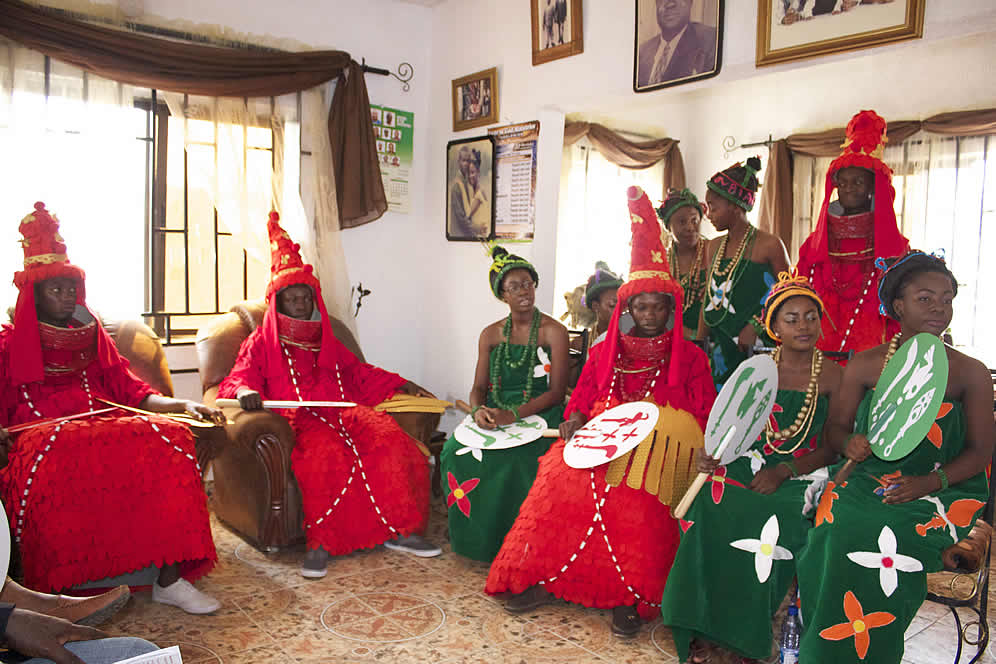
While the coming together of past Heads of States and Presidents of Nigeria to celebrate this event may have been suggestive of unity and integration, and indicative of a more positive outlook to the future of Nigeria, there were dissenting voices about the centenary commemoration. The commemoration came under strong criticism. Oloja described the event as a ‘grandiloquent celebration of mediocrity’ . His judgment was based largely on the clear absence of historical documents and documentaries on Nigeria. He contrasted the effort of the Federal government with that of the Rivers State government who produced an edited volume titled ‘Port Harcourt at 100’ by the famous historian, Professor E. Alagoa. Oloja laments; Why didn’t the presidency borrow a leaf from this worthy effort?’ .
Whose Centenary? Project was birthed as an artist engagement devoid of governmental involvement. The project envisions Nigeria as a country with diverse cultural expressions worthy of celebration. However, in defining the 100 years of Nigerian history, it brought together eleven artists to interpret and highlight a more conceptual understanding and contextualization of Nigeria in the last 100 years. It opens with a rhetorical question and throws up further questions: Of what necessity is the commemoration of this British construct now known as Nigeria? How does this construct define the identity of the people subsumed under it, particularly when viewed against the background of the myriad problems that exists in Nigeria today? Does 1914 and the attendant amalgamations hold as much weight as 1960, a date that heralded freedom from British rule? Does the commemoration of the amalgamation not provide a basis for the celebration of colonialism? Whose Centenary? picks on a different register of history- to commemorate the passing of Oba Ovonranmwen, the King of Benin, who stood against British imperialism in the defense of his kingdom. His exile to Calabar in 1897, and his eventual passing in 1914 during exile, became a new way of positioning history in the context of the commemoration of amalgamation. The Whose Centenary? project questions the lack of critical readings of some of the historical moments of our past. The project which was held on the 6th and 7th of December, 2014 yielded a new body of works in new media, performance, installation, painting, poetry and photography.
Artists
Jumoke Verrissimmo | Peju Layiwola | Taiye Idahor | Jude Anogwih | Burns Effiom | Elizabeth Olowu | Victor Ehikhamenor | Jelili Atiku | Wura Natasha Ogunji | Ines Valle | Andrew Eseibo
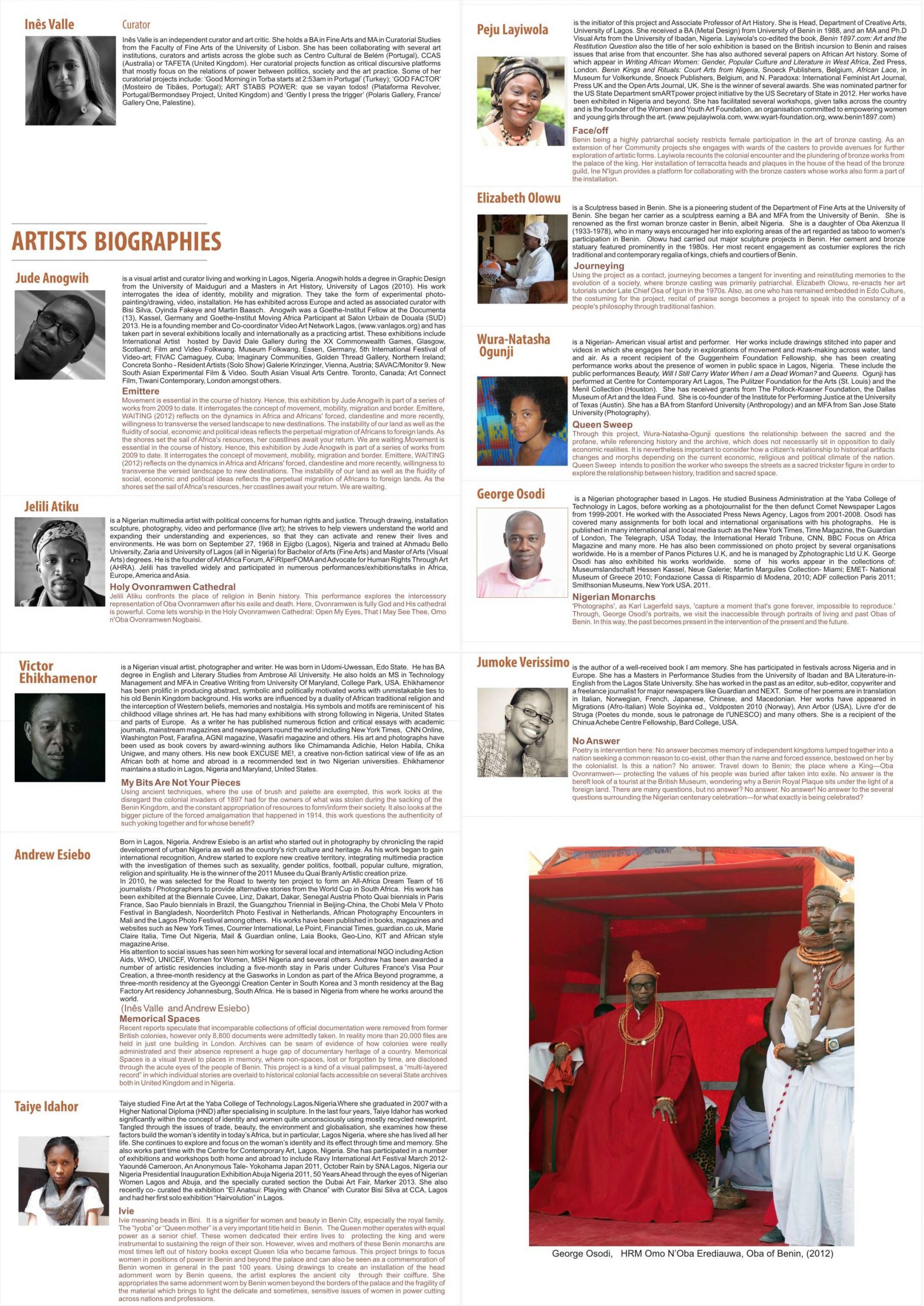
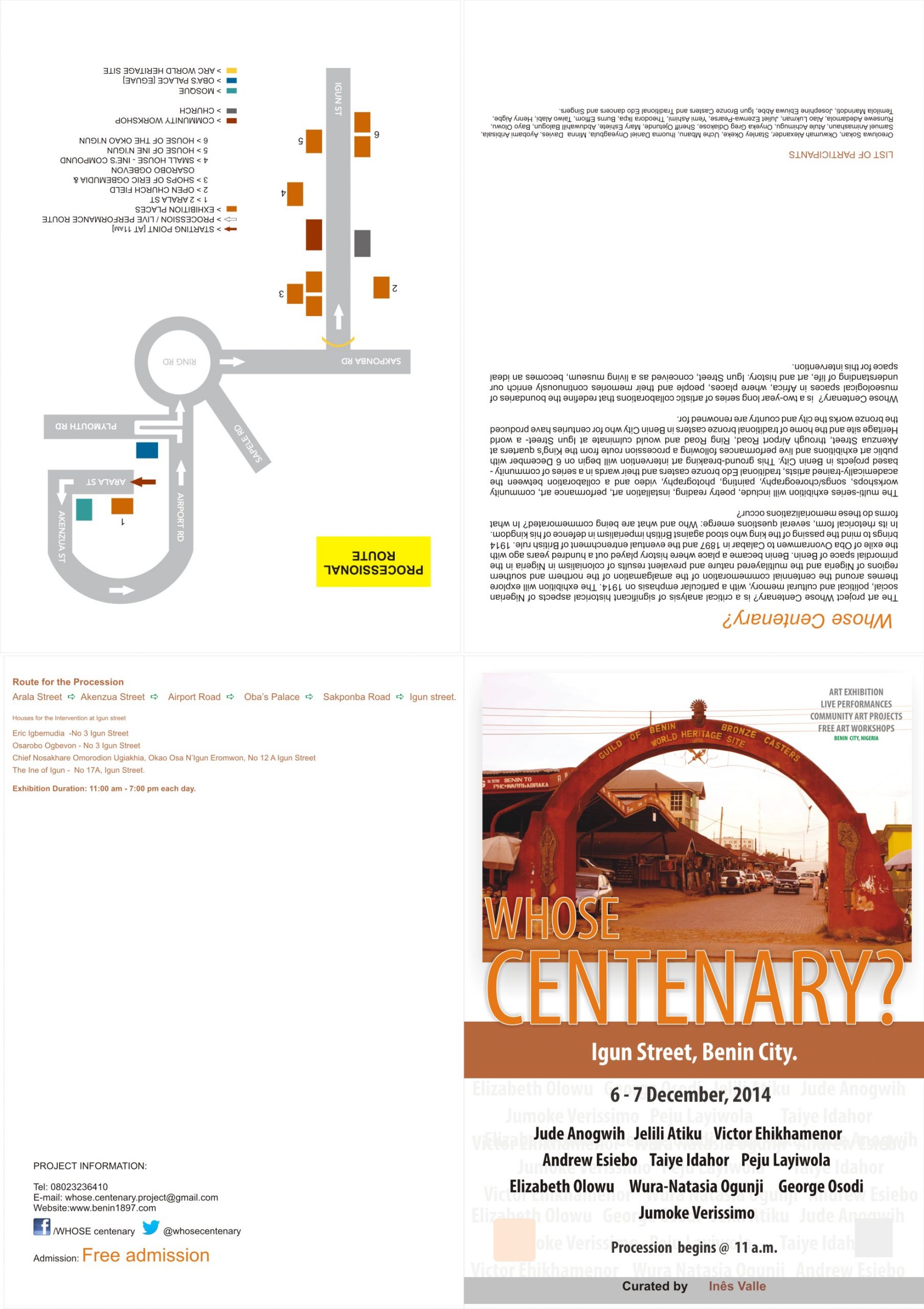
Collaborative performance between Wura-Natasha Ogunji and Princess Elizabeth Olowu, Arala/Akenzua, Benin City, 2014.
Photo credit: Jude Anogwih
Jude Anogwih, Emitterre, Video Installation, Igun Street, Benin City, 2014
Photo credit: Peju Layiwola
Procession along Airport Road, The King’s Quarters, 2014.
Photo credit: Jude Anogwih
Jelili Atiku, Holy Ovoramwen Cathedral, Performance, Igun Street, 2014.
Photo credit: Jude Anogwih
Igun Street, Benin City, Nigeria. 2014
Photo credit: Jude Anogwih
At the King’s quarters at Akenzua Street. photo by Jude Anogwih. 2014…
Burns Effiom, Make Room, Performance, The front of the Oba’s Palace, Benin City, 2014.
Photo credit: Jude Anogwih
My Bits are not your Pieces by Victor Ehikhamenor at the palace of the Inneh of Igun. photo by Jude Anogwih. 2014
Photo credit: Jude Anogwih
Taye Idahor, Ivie, Collage and Drawing, 2014.
Photo credit: Jude Anogwih
Jelili Atiku, Holy Ovoramwen Cathedral, Performance with University of Lagos Students, Igun Street, Benin City, 2014.
Photo credit: Jude Anogwih
The Arch and Entrance of Igun Street, 2014.
Photo credit: Jude Anogwih
Jumoke Verrissimmo, No Answer, Poetry Recitation, Arala/Akenzua, Benin City, 2014.
Photo credit: Jude Anogwih
Performance Queen Sweep by Wura-Natasha Ogunji. photo by Jude Anogwih. 2014
Beginning the procession, The King’s Quarters, 2014.
Photo credit: Jude Anogwih/em>
Burns Effiom, Make Room, Performance, Igun Street, 2014
Photo credit: Jude Anogwih
Peju Layiwola, in front of the Installation, Face/Off, Ine N’Igun palace, Igun Street, Benin City, 2014. Photo credit:
Photo credit: Jude Anogwih

